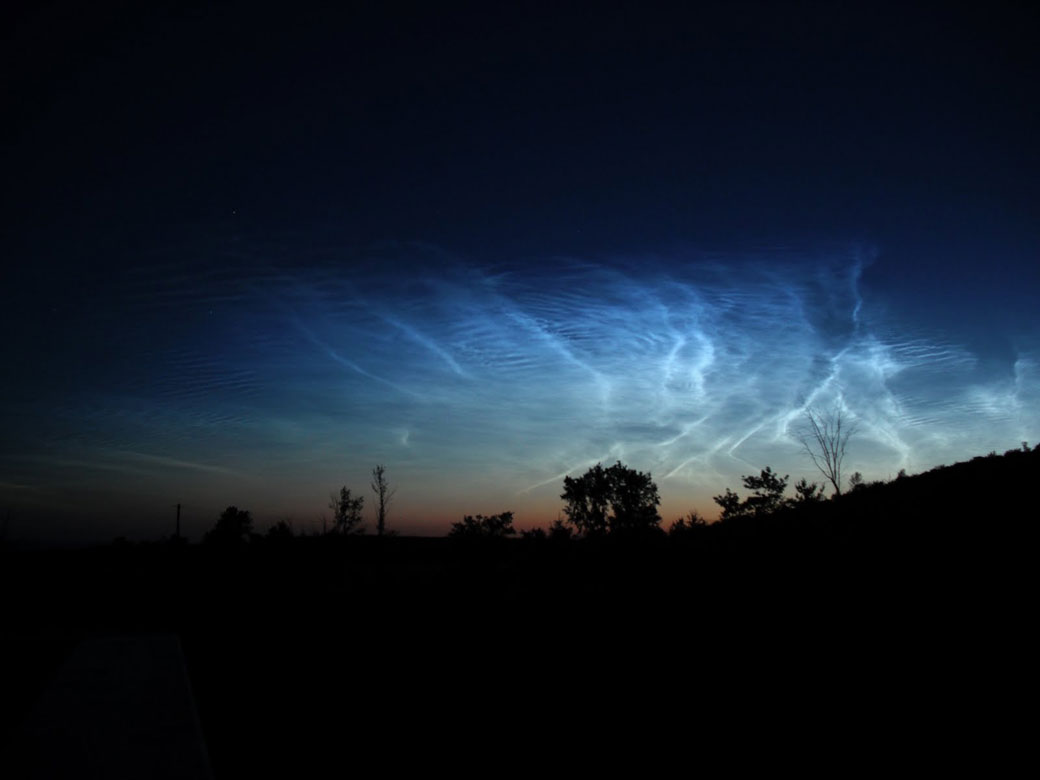Watch the video above: NASA explains noctilucent clouds

TORONTO – Bright, shining, almost translucent clouds that were first spotted in 1885 are becoming more frequent and appearing at lower latitudes, new research from NASA has concluded.
The clouds, called noctilucent clouds, have historically been relegated to the poles. But during the 20th century, the clouds were wandering further south, between the 40th and 50th parallel.
READ MORE: ‘Tis the season for stunning night sky clouds
Last year, NASA reported that the start to noctilucent cloud season was far earlier than ever recorded.
This had scientists wondering why they were increasing.
NASA launched the Aeronomy of Ice in the Mesosphere (AIM) mission in 2007, specifically to study the phenomenon. James Russell, an atmospheric and planetary scientist at Hampton University, went back and gathered more information from other missions, combined it with computer simulations and determined that these beautiful, shimmering clouds are on the increase at lower latitudes, which covers Canada.
Russell and his team used temperature data from 2002 to 2011 and water vapour data from 2005 to 2011 from two separate NASA missions. Their model concluded that noctilucent clouds had increased from 2002 to 2011.
Noctilucent clouds are still not completely understood. They form 83 km above Earth’s surface and meteors play a crucial role in their development. As meteors pass through our upper atmosphere, they leave behind trails of powdery debris.
In the summer, contrary to what you might think, the upper atmosphere is colder. The ice crystals from clouds form around the leftover dust, creating a “season” of noctilucent clouds.
Russell and his team’s findings found that the appearance of noctilucent clouds at lower latitudes correlated to a decrease in temperature at the peak height where these clouds form, raising questions as to the change in Earth’s climate system.
The team will also continue research to see if these increases and decreases are related to reduced energy and heat during the sun’s minimum and maximum.



Comments